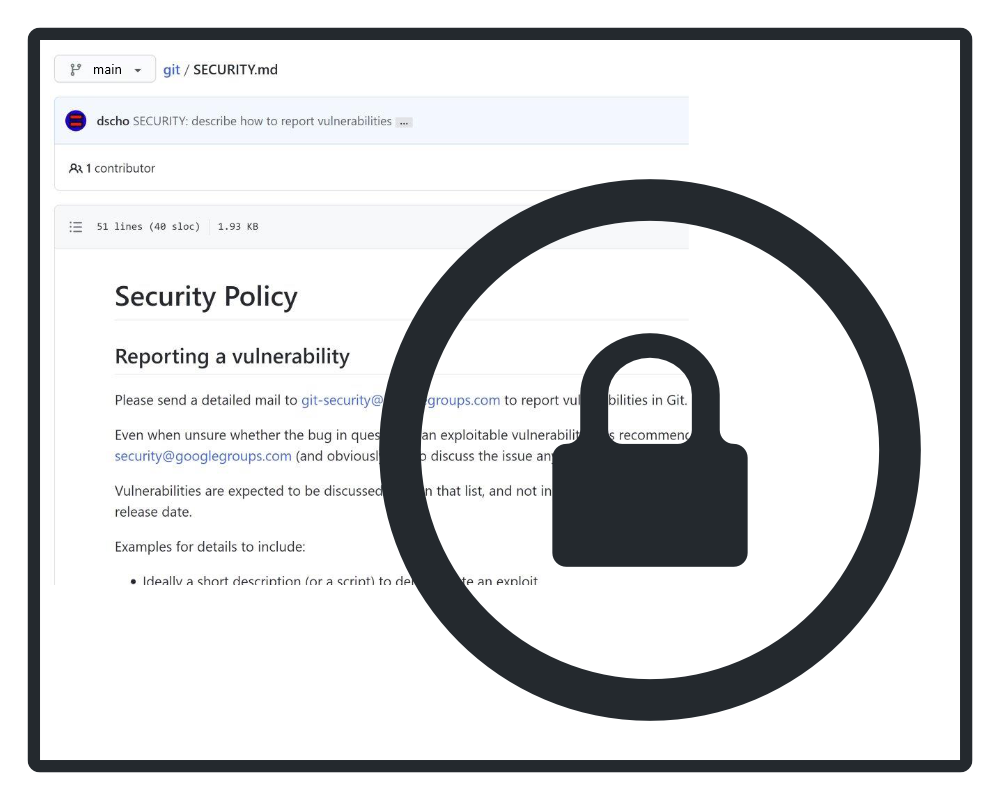Introduction

GitHub security features help to secure your organization's repositories and protect the code and secrets in your repositories.
You need know how to protect against security breaches while collaborating in a GitHub organization, and what to do if there's a breach. GitHub provides tools to organization members and administrators to accomplish these goals, making it easy for you to guarantee the reputation of your projects and avoid costly mitigation efforts.
Imagine that you created a new GitHub repository for your organization to work on a brand new project. In the past, projects collected technical debt or risk when access credentials appeared in the code base or when users worked on files outside the scope of their usual roles. It was also hard to know who to contact to resolve the issues when they were identified. As an administrator, you can employ built-in GitHub tools to ensure that users only make changes appropriate to their role, and that your organization protects its sensitive data from unauthorized access.
In this module, you'll familiarize yourself with GitHub's basic security tools, which prepare repositories for secure development and industry-standard response to threats. You'll also act as a repository or organization administrator to tailor documents and settings to your organization's needs.
What will you do?
You'll create and manipulate security policies and settings to ensure safe and easy collaboration for a new repository.
- Create documentation that details security guidelines and useful information for collaborators.
- Set permissions and other rules.
- Automate processes that prevent security breaches.
- Respond to security breaches.
Prerequisites
- A GitHub account
- The ability to navigate and edit files in GitHub
- A GitHub repository